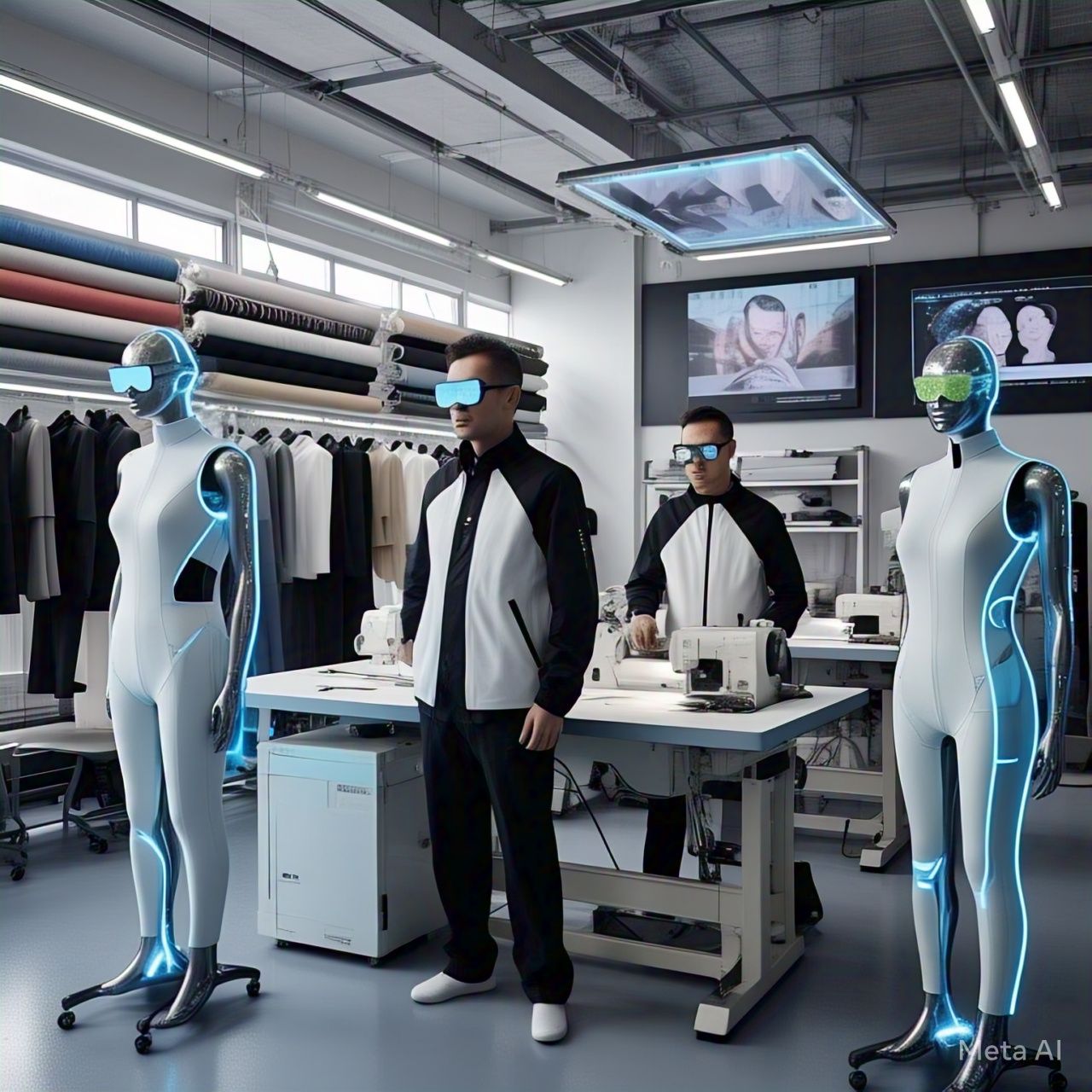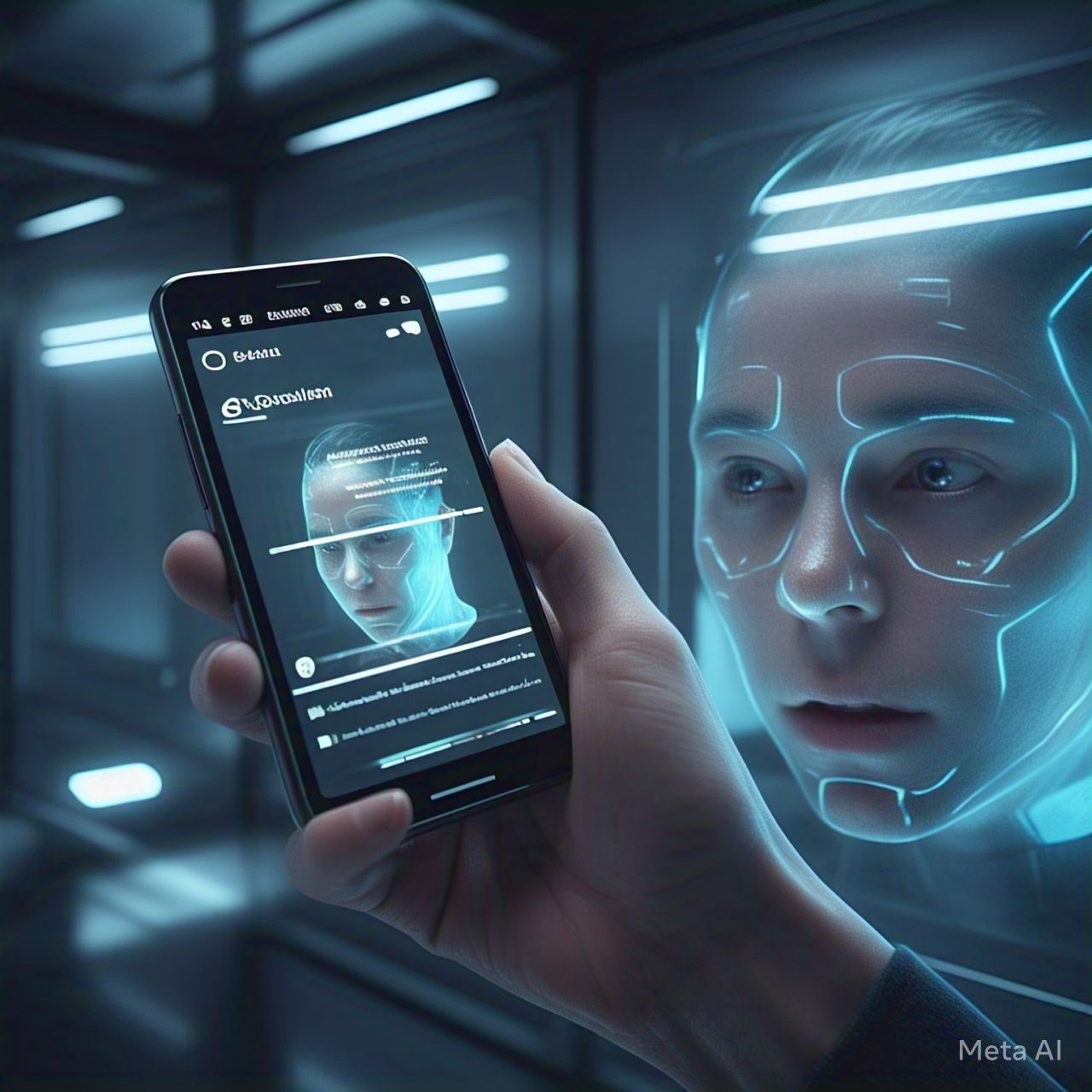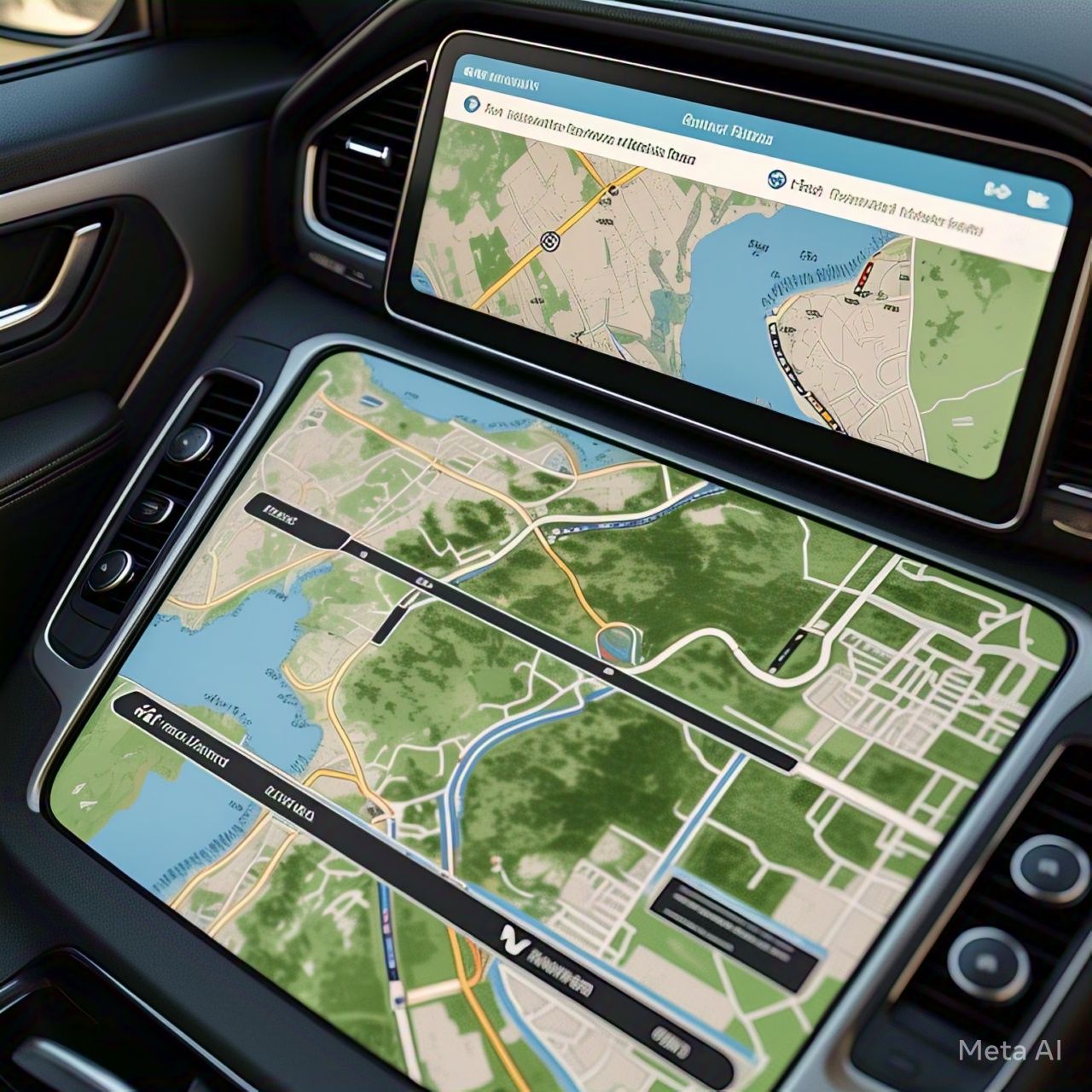Table of Contents
- Introduction
- The Birth of Processors: The Single-Core Era
- The Rise of Multi-Core Processors
- The Advent of Parallel and Distributed Processing
- The Era of GPUs and Specialized Processors
- The Impact of AI and Machine Learning on Processor Evolution
- The Emergence of Quantum Computing
- Challenges in Modern Processor Design
- The Future of Processing Technology
- Conclusion
- FAQs
1. Introduction
The evolution of processors has been a driving force behind technological advancements, shaping everything from personal computing to artificial intelligence. From the early days of single-core processors to the cutting-edge quantum computing paradigm, processors have undergone significant transformations in architecture, efficiency, and computing power. This article explores this journey, highlighting key innovations and their impact on modern computing.
2. The Birth of Processors: The Single-Core Era
The first processors, such as the Intel 4004 (1971) and Intel 8086 (1978), were single-core, meaning they could execute only one instruction at a time. These early CPUs were slow by today’s standards but revolutionary at the time, paving the way for personal computers and early computing applications.
Key Features:
- Single-thread execution
- Clock speeds in the kilohertz (KHz) range
- Used in early microcomputers and calculators
3. The Rise of Multi-Core Processors
By the early 2000s, the limitations of single-core processors became apparent due to increasing demands for higher performance. This led to the development of multi-core processors, where multiple processing units (cores) are integrated into a single chip.
Benefits of Multi-Core Processing:
| Feature | Impact |
|---|---|
| Parallel Execution | Enables multiple processes to run simultaneously. |
| Improved Efficiency | Reduces bottlenecks and overheating compared to single-core processors. |
| Better Multitasking | Enhances performance for complex applications. |
Examples of early multi-core processors include Intel Core 2 Duo (2006) and AMD Athlon 64 X2 (2005), which significantly boosted performance in consumer and enterprise computing.
4. The Advent of Parallel and Distributed Processing
As computing needs continued to grow, developers sought ways to further optimize performance beyond just adding cores. Parallel and distributed processing emerged as key solutions:
- Parallel Computing: Multiple processors execute different parts of a program simultaneously.
- Distributed Computing: Tasks are distributed across multiple machines or servers, as seen in cloud computing and high-performance clusters.
Technologies such as High-Performance Computing (HPC) and supercomputers leveraged these principles, leading to breakthroughs in scientific research and big data processing.
5. The Era of GPUs and Specialized Processors
Introduction of GPUs
Graphics Processing Units (GPUs) were initially designed for rendering graphics but soon found applications in general-purpose computing (GPGPU). Their ability to handle thousands of threads simultaneously made them ideal for tasks like AI training, gaming, and simulations.
CPU vs. GPU
| Feature | CPU | GPU |
| Core Count | Few powerful cores | Thousands of smaller cores |
| Best For | General computing | Parallel computing, AI, and gaming |
Notable examples:
- NVIDIA CUDA (2007) – Enabled general-purpose computing on GPUs.
- AMD Radeon Instinct – Optimized for AI and deep learning workloads.
Introduction of Specialized Processors
With the demand for specialized processing, Field-Programmable Gate Arrays (FPGAs) and Application-Specific Integrated Circuits (ASICs) emerged. These chips optimize performance for specific tasks such as cryptocurrency mining and AI inference.
6. The Impact of AI and Machine Learning on Processor Evolution
Artificial intelligence (AI) and machine learning (ML) have significantly influenced processor design. Companies like Google, Apple, and Intel have developed AI-specific chips, such as:
- Google Tensor Processing Units (TPUs) – Custom chips designed for AI workloads.
- Apple Neural Engine – Integrated into Apple’s A-series and M-series chips to enhance ML tasks on mobile devices.
These advancements enable real-time AI processing, voice recognition, and enhanced image processing in modern devices.
7. The Emergence of Quantum Computing
Quantum computing represents a paradigm shift in processing technology. Unlike classical processors that use bits (0 or 1), quantum computers use qubits, which can exist in multiple states simultaneously due to superposition and entanglement.
Key Quantum Processors
| Processor | Developer | Qubit Count |
| IBM Q System One | IBM | 127+ Qubits |
| Sycamore | 54 Qubits | |
| Rigetti Aspen | Rigetti Computing | 80+ Qubits |
Quantum computing has the potential to revolutionize fields such as cryptography, material science, and complex simulations, though it remains in its experimental stage.
8. Challenges in Modern Processor Design
While processor technology has advanced rapidly, several challenges remain:
- Heat Dissipation – Higher transistor densities lead to overheating issues.
- Power Consumption – Increasing efficiency without compromising performance.
- Moore’s Law Limitations – The slowing down of transistor miniaturization.
- Software Optimization – Many applications still struggle to fully utilize multi-core and parallel processing capabilities.
To address these issues, companies are exploring new materials (e.g., graphene-based transistors) and architectures (e.g., neuromorphic computing).
9. The Future of Processing Technology
Looking ahead, several trends will shape the future of processors:
- Neuromorphic Computing – Chips designed to mimic the human brain for AI efficiency.
- Photonic Processors – Use of light instead of electricity for faster data transmission.
- 3D Chip Stacking – Vertical layering of processors to increase performance.
- Quantum Computing Breakthroughs – Expanding the capabilities of quantum processors for commercial applications.
These innovations promise to redefine computing as we know it.
10. Conclusion
From single-core processors to the dawn of quantum computing, the evolution of processors has been nothing short of remarkable. Each era has brought new innovations, overcoming past limitations and paving the way for the future. As we move into an era dominated by AI, specialized chips, and quantum computing, the possibilities are limitless.
11. FAQs
1. What is the difference between single-core and multi-core processors?
Single-core processors execute one task at a time, while multi-core processors can handle multiple tasks simultaneously, improving performance and efficiency.
2. How do GPUs differ from CPUs?
GPUs have thousands of smaller cores optimized for parallel computing, whereas CPUs have fewer, more powerful cores suited for general computing tasks.
3. What are quantum processors, and how do they work?
Quantum processors use qubits, which leverage quantum mechanics principles like superposition and entanglement, allowing them to perform complex calculations much faster than classical computers.
4. Will Moore’s Law continue to hold?
Moore’s Law is slowing down as transistor miniaturization faces physical limitations, leading researchers to explore alternative computing paradigms.
5. What is the future of processors?
The future includes AI-driven chip designs, quantum computing advancements, neuromorphic computing, and photonic processors, all aimed at boosting performance and efficiency.




